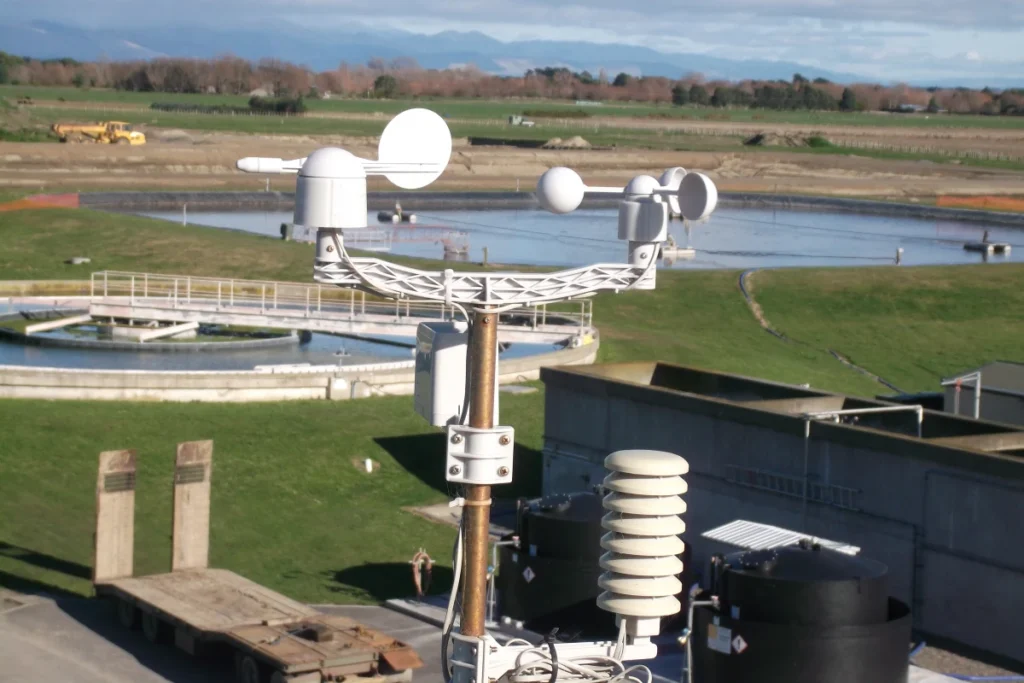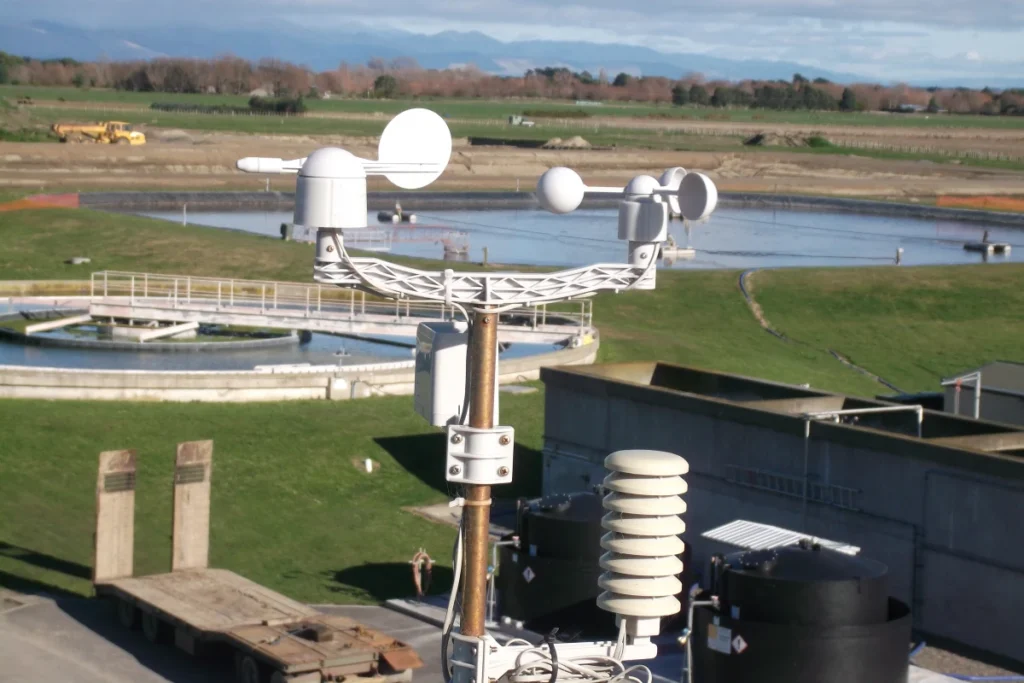
# Definition of Anemometer: Understanding Wind Speed Measurement
An anemometer is a device used to measure wind speed, a crucial tool in meteorology, aviation, and environmental studies. Understanding how it works and its applications can provide valuable insights into weather patterns and wind-related phenomena.
## What is an Anemometer?
An anemometer is an instrument designed to measure the speed of wind. It is commonly used in weather stations, wind turbines, and even by hobbyists interested in monitoring local wind conditions. The term “anemometer” originates from the Greek word “anemos,” meaning wind, and “metron,” meaning measure.
## Types of Anemometers
There are several types of anemometers, each with its unique mechanism for measuring wind speed:
– Cup Anemometer: This is the most common type, featuring three or four cups mounted on horizontal arms. As the wind blows, the cups rotate, and the speed of rotation is proportional to the wind speed.
– Vane Anemometer: Also known as a windmill anemometer, it uses a propeller or a set of blades that rotate when exposed to wind. The rotation speed is measured to determine wind speed.
– Hot-Wire Anemometer: This type uses a heated wire or element. The wind cools the wire, and the rate of cooling is used to calculate wind speed.
– Ultrasonic Anemometer: This advanced type uses ultrasonic sound waves to measure wind speed and direction. It is highly accurate and often used in research and industrial applications.
## How Does an Anemometer Work?
The working principle of an anemometer depends on its type. For example, in a cup anemometer, the wind causes the cups to rotate. The number of rotations per unit time is counted and converted into wind speed. Similarly, in a hot-wire anemometer, the cooling effect of the wind on a heated wire is measured to determine wind speed.
## Applications of Anemometers
Anemometers are used in various fields, including:
– Meteorology: To monitor and predict weather conditions.
– Aviation: To ensure safe takeoff and landing by measuring wind speed and direction.
– Environmental Studies: To assess wind patterns and their impact on ecosystems.
– Wind Energy: To evaluate potential sites for wind turbines and optimize their performance.
## Conclusion
An anemometer is an essential tool for measuring wind speed, with applications ranging from weather forecasting to renewable energy. By understanding the different types and how they work, we can better appreciate their role in various industries and their contribution to our understanding of wind dynamics.
Keyword: define anemometer
